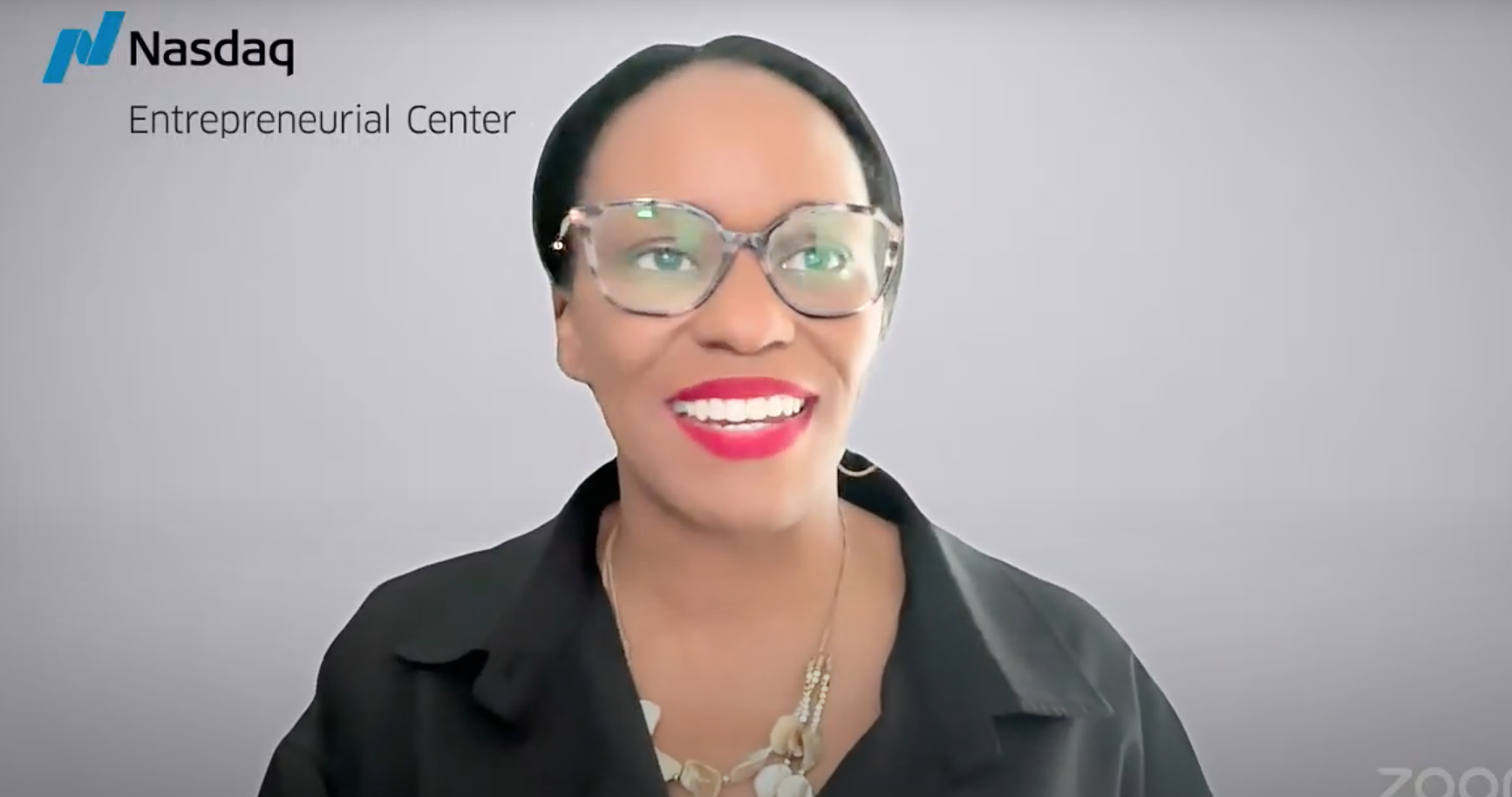 John Chambers, Cisco’s Executive Chairman, spoke at the Founder’s Leadership series at the Nasdaq Entrepreneurial Center on March 23rd. Here, Christian Anderson, Director of Venture Investments at Meyerhoffer and one of the Center’s YEx advisory board members, shares her impressions on this business giant.
John Chambers, Cisco’s Executive Chairman, spoke at the Founder’s Leadership series at the Nasdaq Entrepreneurial Center on March 23rd. Here, Christian Anderson, Director of Venture Investments at Meyerhoffer and one of the Center’s YEx advisory board members, shares her impressions on this business giant.
Imagine growing a company’s revenue to $46 billion from mere millions – a company that, during your twenty years there, had a market cap growth of 10x to $142 billion.
It sounds like the story of a business legend, this is John Chambers’ story. Chambers led Cisco to become the world’s largest networking company, achieving an enviable level of success.
Of course, the question is, how did Chambers do it, let alone for twenty years? Is that kind of success – the kind startup founders, aspiring entrepreneurs, and investors all dream of – something people like us can hope to attain in the lifetime of our careers?
Taking the longview
The man behind the great business mind has a classic Midwestern demeanor – straightforward and civic-minded. Behind this calm, almost familiar façade is true entrepreneurial vision.
When Chambers became CEO of Cisco in 1995, it was just the dawn of the Information Age. There were no mobile phones streaming our favorite shows, and we were just getting acclimated to hearing the term “You’ve Got Mail!” In the mid ‘90s, the majority of us didn’t realize how the internet would become the center of our daily lives. However, Chambers – and in turn, Cisco – did realize it, and stayed ahead of the curve.
“The role of the internet did evolve to where we said [it would], and it probably will again with digitization. I have no doubts,” Chambers says.
Having confidence and a long-term plan for Cisco in the ‘90s wasn’t necessarily enough to ride the wave to success. Through the years, there were constant challenges – the Dot Com Bubble, two recessions, and the ever-evolving advancement in competitive technologies. Being able to maneuver, or as he says “reinvent,” through these obstacles was and is essential.
Chamber says, “Plan for the future, but watch for the transitions… If you don’t catch a market inflection point, it will be hard to break away.” Or as his mentor Jack Welch once told him, “In order to know you have a great company, the company must go through a near death experience. If it survives, you will know you have a great company.”
From his experience with Cisco, Chambers says these periods of transition are “the hardest time to lead a company…[but] you must keep an open mind.” Being able to perceive how the market will change, being flexible to that change, and executing quickly is crucial for any company of any size.
The reality of risk
That being said, Chambers is certainly not opposed to taking risks when a company isn’t in a period of transition. After all, when it comes to technology, risk-taking is inevitable. For Cisco, these came in the form of acquiring startups who were pushing the envelope. Flipcam was one of Cisco’s prized companies they acquired for $590 million in 2009. The device represented the future of digital video.
Unfortunately, that’s a risk that didn’t end well. Apple made a mockery of the product when it released the iPhone 4 (a year later), completely superseding the technology and use case of Flipcam. Hey, it happens. Though that was a failure for their portfolio, Chambers explains not all acquisitions were. During Chambers’s tenure, Cisco acquired 184 companies.
“Only one-third of our M&A deals did not succeed, whereas in the tech industry 90% of investments fail,” Chambers explains. Of course, Cisco’s portfolio’s success speaks for itself as a leader in the tech networking sector.
Seeing him in action, you immediately realize why he’s respected in the industry and admired by his employees. His frank talk makes it clear you’re seeing the real deal. He never spends too much time dwelling on one thing and is always looking into the future. His honesty in mistakes makes him relatable to all of us in the Valley.
The one piece of entrepreneurial inspiration from Chambers that resonated with me most was about making the hard decisions to go forward. As he simply put it, “When it doesn’t work out, just cut your losses and move on.” In the Valley, those are words to live by.
 Christian Anderson arrived in Silicon Valley via 10 years on Wall Street. She currently is the Director of Venture Investment at Meyerhoffer and sits on the Nasdaq Entrepreneurial Center YEx Advisory Board. @cdanderson805
Christian Anderson arrived in Silicon Valley via 10 years on Wall Street. She currently is the Director of Venture Investment at Meyerhoffer and sits on the Nasdaq Entrepreneurial Center YEx Advisory Board. @cdanderson805




